This site uses Cookies. Read privacy policy.
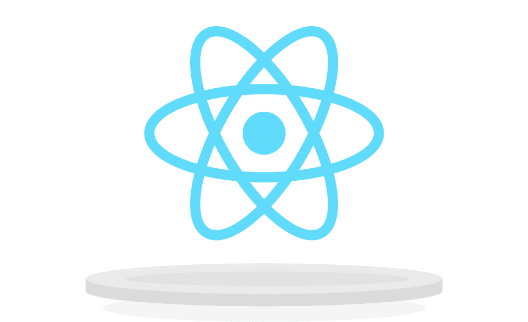
React is a JavaScript library for building user interfaces (UIs). It was created by Facebook software engineer Jordan Walke as a way to meet Facebook’s need for a dynamic and high-performing UI that's able to keep up with regular updates and high levels of user-interaction. Its first deployment was on Facebook in 2011, followed by Instagram in 2012.
In 2013, Version 0.3.0 was released publicly as an open-source library, which allowed developers to use, edit, and distribute the software. React is now maintained by Facebook, Inc and a development community made up of both companies and individuals. In 2015, React moved into mobile app development. React Native was released, which works by using Android and IOS components within the framework of React to create mobile apps.
Since its creation, React’s usage has steadily grown with developers. In StackOverflow’s 2018 survey of the popularity of "Frameworks, Libraries, and Tools", React came in third behind Node.js and its main competitor, Angular.
There are two types of React components: functional components which return JSX and are declared with a function, and class-based components which are declared through ES6 classes. These components can have data passed between them through properties usually referred to as “props” and store data in an object called state.
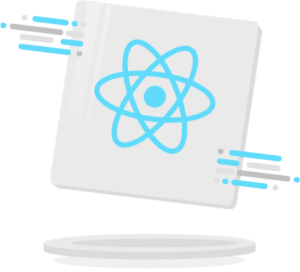
React has many advantages compared to other libraries. Here is a selection of the most notable ones:
React components make it easy to update and manage apps. Components can be reused, thus allowing developers to edit all instances of a component simultaneously. This maintains consistency, facilitates easy maintenance, and stabilizes the code.
Most modern apps need to handle lots of user interaction and run regular data updates, both of which can affect performance due to the DOM’s tree structure. React rendering, however, is accelerated by Facebook’s implementation of Virtual DOM (vDOM) which, in simplified terms, virtually represents applied modifications that are then analyzed by an algorithm to evaluate which need to be made in real DOM. This is also beneficial for search engine optimization as the vDOM can be returned.
React Developer Tools is a browser extension tool that assists with debugging by allowing developers to inspect components in the DOM by showing component hierarchies, state, props, and more.
Due to its popularity, React has a strong community. This means that there is a wealth of tutorials, resources, and information that allows developers to learn to use the library quickly and easily. It also means that whilst other frameworks may come and go, React is a stable, reliable option for organizations.
React Native’s similar design pattern to React streamlines the transition from webpage to app.
JSX allows JavaScript to be written in React with embedded HTML, making the React code much simpler. This also provides more informative error messages and can protect from injection attacks.
React is popular with many well-known companies. Estimates suggest its used by over eight thousand industry leaders. Here are a few of the best-known brands that are currently using React as part of their stack.
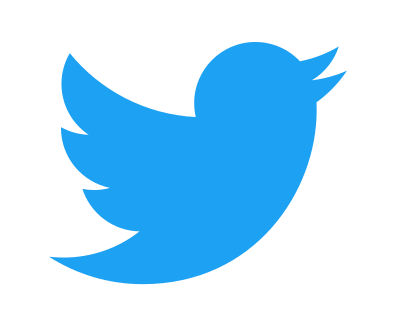
In 2017, Twitter changed their stack to include React. As a site with over one hundred million users per day and thousands of tweets tweeted every second, it’s essential to have a robust, stable framework that can update quickly.

As the company responsible for creating React, it’s unsurprising that Facebook, which currently boasts over one billion users per day, leverages React to create a fast, client-driven, interactive user experience. Facebook uses React alongside Relay, which is a Graphic QL client for React. It has also used React Native to create its mobile app.
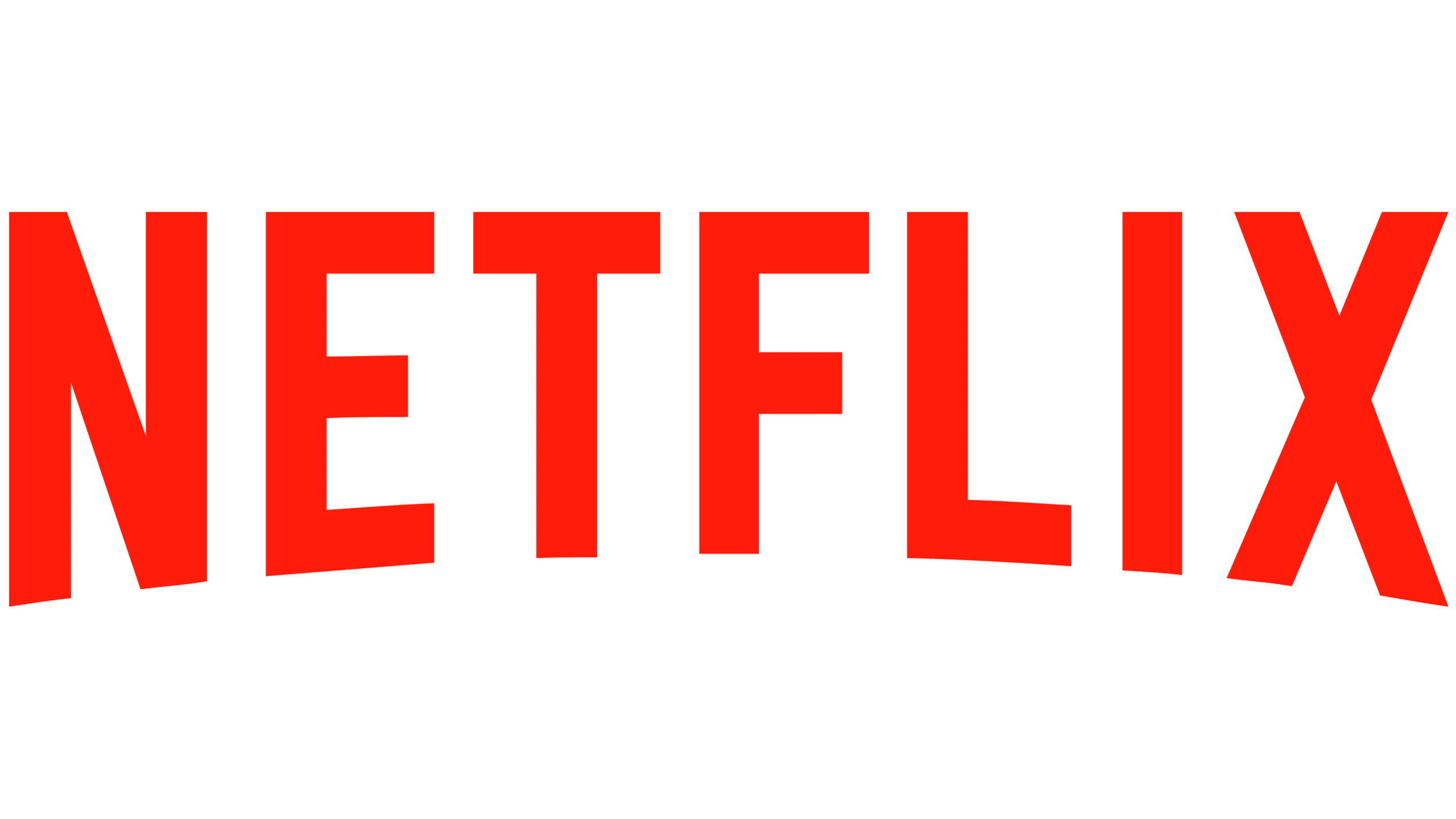
Netflix used React to “dramatically transform the user experience on [their] desktop and mobile platforms”. The developers at Netflix re-evaluated their previous UI stack and decided to move to React, citing better startup speed, runtime, and modularity as their primary reasons.
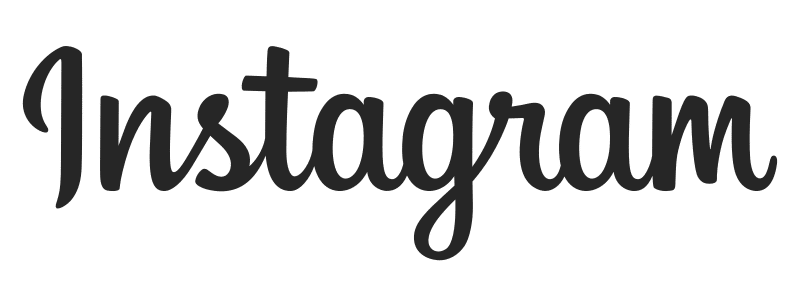
As Instagram was bought by Facebook in 2012, it is again unsurprising that it uses React to build its UI. Instagram is a complex UI that requires geolocation, map APIs, and accurate search functionality.
React is a hugely popular and effective framework, largely due to its use of components to simplify the DOM.
Its usability has made it a popular choice with many well-known companies that have complex UI requirements. It has continued to grow in popularity seven years after its creation.
If you're eager to experience the benefits of React in your business, get in touch with Scalac today. We've helped a wide variety of clients build and improve their stacks. Whether you're creating a one-page mobile app or a distributed, feature-rich SaaS platform (or anything in between), we can help.
We will reach out to you in less than 48 hours
to talk about your needs.
We will perform a free tech consultation
to see which stack fits your project best.
We will prepare the project estimate in 3 days
including the scope, timelines, and costs.
We'll get back to you soon!